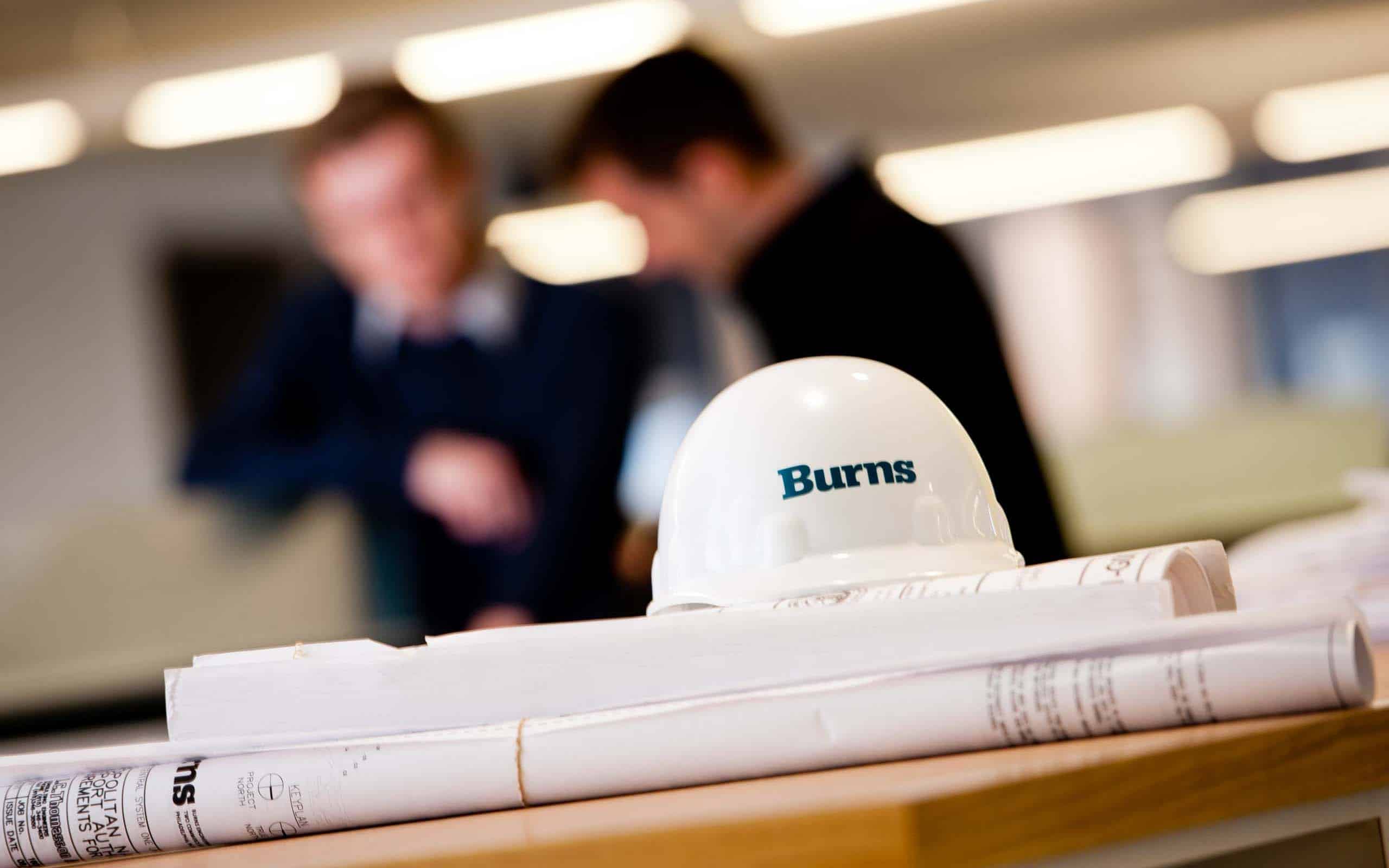- What We Do
- Projects
- Insights
-
Careers

Careers
Ranked a Top Workplace and ENR Top 500 Design Firm, Burns offers opportunities to inspire, create and deliver transformational projects that last generations.
- News + Events
-
About

About
Burns inspires, creates and delivers specialized-engineering solutions for mission-critical facilities.
- Offices
What We Do
For more than 60 years, we have built our reputation on outstanding client service. Ranked a Top Workplace and ENR Top 500 Design Firm, we are fully invested in alleviating our clients' concerns and solving their toughest problems.
Discipline
Expertise
Industry-Specific
-
What We Do
Discipline
Expertise
Industry-Specific - Projects
- Insights
- Careers
- News + Events
- About
- Offices
News + Events
What’s happening across Burns
View our Insights
Insights
